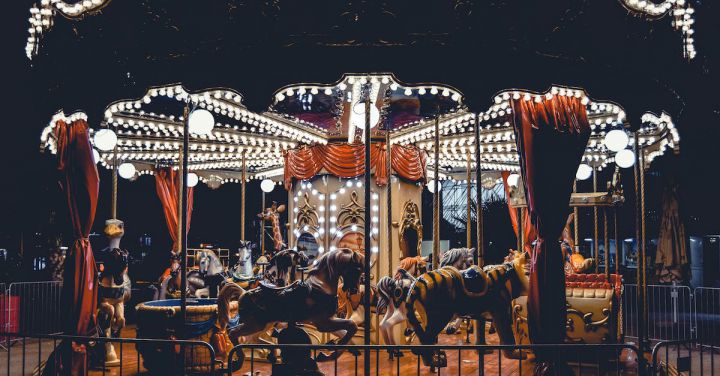How Are Carnival Rides Set up at Festivals?

Carnival rides are an integral part of any festival, bringing excitement and thrills to attendees of all ages. But have you ever wondered how these massive structures are set up? In this article, we will take a behind-the-scenes look at the process of setting up carnival rides at festivals.
Planning and Logistics
Before the first ride can be set up, extensive planning and logistics are involved. The festival organizers work closely with the ride providers to determine the types and number of rides needed for the event. Factors such as space availability, safety regulations, and anticipated attendance are all taken into consideration.
Transporting the Rides
Transporting carnival rides from one location to another is no easy feat. Many of these rides are massive and require specialized equipment for transportation. Flatbed trucks and trailers are commonly used to move the rides, along with cranes and forklifts to assist with the loading and unloading process.
Setting Up the Foundation
Once the rides arrive at the festival site, the next step is to set up the foundation. This involves leveling the ground and ensuring it is stable enough to support the weight of the rides. Depending on the size of the ride, this may require heavy machinery and skilled operators to complete the task efficiently and safely.
Assembling the Rides
With the foundation in place, it’s time to assemble the rides. Each ride comes with a detailed manual that outlines the step-by-step process of assembly. The ride operators, who are typically experienced professionals, follow these instructions carefully to ensure the ride is set up correctly.
Safety Inspections
Safety is of utmost importance when it comes to carnival rides. Once the rides are fully assembled, they undergo rigorous safety inspections. Trained inspectors check for any potential hazards, mechanical issues, or structural weaknesses that could compromise the safety of the riders. Only after passing these inspections are the rides deemed safe for operation.
Electrical and Mechanical Connections
Carnival rides often require electrical and mechanical connections to function properly. This includes connecting power sources, such as generators or electrical grids, to provide the necessary energy for the rides to operate. Additionally, mechanical components, such as gears and pulleys, are carefully aligned and connected to ensure smooth and safe operation.
Testing and Adjustments
Before the rides are open to the public, thorough testing and adjustments are conducted. This involves running the rides through a series of tests to ensure they are working correctly and safely. Any issues or malfunctions that arise during testing are promptly addressed and fixed by the ride operators.
The Opening Day
Finally, after weeks of preparation and hard work, the carnival rides are ready to thrill festival-goers. On the opening day, the ride operators conduct one last inspection to ensure everything is in perfect working order. They also provide training to the ride attendants, who will be responsible for operating the rides and ensuring the safety of the riders.
In Conclusion
Setting up carnival rides at festivals is a complex process that requires careful planning, coordination, and expertise. From transporting the rides to assembling them on-site, every step is essential to ensure the safety and enjoyment of the festival attendees. So, the next time you visit a festival and hop on a thrilling ride, you can appreciate the behind-the-scenes effort that goes into making it possible.